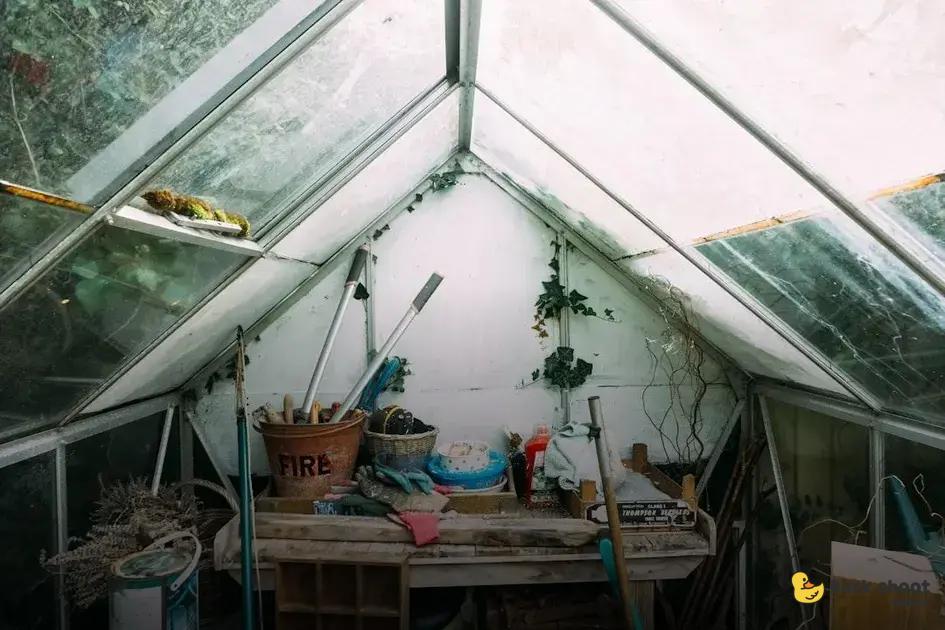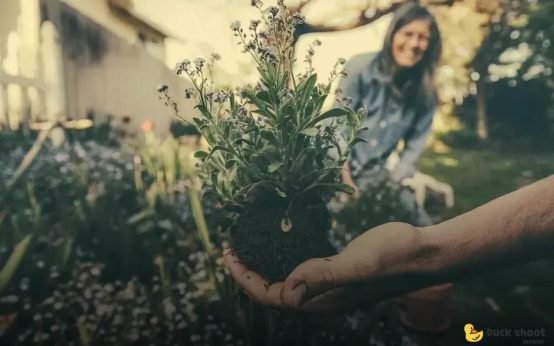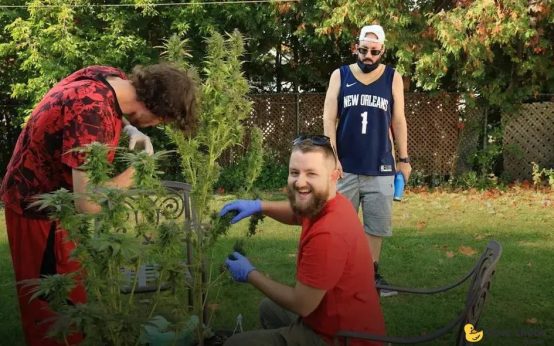Gardening brings joy, but dealing with garden pests naturally is crucial for maintaining a healthy ecosystem. Identifying common intruders like aphids and slugs helps you choose effective, natural pest control methods. Embrace organic gardening with companion planting, where certain plants deter pests, and learn about creating homemade pesticides using household items. Also, discover the role of beneficial insects in keeping your garden flourishing while reducing the need for chemical interventions.
Identifying Common Garden Pests
Identifying common pests in your garden is crucial for maintaining plant health and ensuring a bountiful harvest. Start by observing the most frequent culprits such as aphids, caterpillars, and slugs, which are often found on vegetable leaves or flower petals.
Aphids, commonly called plant lice, are small, soft-bodied insects that can be green, black, brown, or pink. These tiny pests are usually spotted in clusters on new growth. Caterpillars, on the other hand, are larvae of moths and butterflies and are known for chewing irregular holes in leaves. Look for them on the underside of leaves or along stems.
Meanwhile, slugs are nocturnal pests that leave a slimy trail in their wake, often munching on leaf edges during the night. The presence of shiny, sticky residue on leaves is a sign of their activity.
Alongside these common nuisances, keep an eye out for whiteflies and spider mites. Whiteflies can be identified by their white wings and powdery bodies, typically fluttering away when the plant is disturbed. Spider mites, although tiny, can cause significant damage and are identified by the fine webbing they leave on plants.
Use a magnifying glass to inspect the plants if necessary, especially when spotting the smaller pests. Consistent monitoring of these common garden pests ensures you catch infestations early and helps in choosing the most effective organic solutions.
Natural Pest Control Methods

Using natural pest control methods in your garden is not only environmentally friendly but also helps maintain a healthy ecosystem. By avoiding chemical pesticides, you protect beneficial insects and ensure the safety of your food crops. There are various organic solutions to manage pests effectively.
First, consider manual removal for larger pests like slugs or caterpillars. Picking them off plants by hand might seem tedious, but it’s one of the simplest methods.
For smaller pests, deploy traps or barriers. For instance, copper tape is effective against slugs and snails. Floating row covers can prevent leaf-eating insects and caterpillars from reaching your plants.
Neem oil is a powerful plant-based oil that disrupts pests’ life cycles without harming beneficial insects. It’s especially effective against aphids and spider mites when applied consistently.
Natural Repellents
Garlic and pepper sprays act as excellent natural repellents. These can be made at home by mixing chopped garlic or hot peppers with water and a bit of soap to help the mixture stick to plant leaves.
Creating an Unwelcome Habitat
Encourage birds by installing bird feeders, as they are natural predators to many insects. Additionally, maintaining a diverse garden with a variety of plants can naturally deter pests by confusing them.
Healthy Soil
Lastly, focus on maintaining healthy soil, enriched with compost, to produce robust plants that are naturally more resistant to pests and diseases.
Companion Planting for Pest Management
Companion planting is an ancient practice that leverages natural plant relationships to control pests in your garden organically. By growing certain plants together, you can deter pests and create a balanced ecosystem. For instance, marigolds are known to repel nematodes, while basil is effective in keeping flies and mosquitos at bay. This natural method not only reduces the need for chemical pesticides but also promotes biodiversity.
One key aspect of companion planting is choosing the right combinations. Tomatoes thrive next to carrots and onions, as these plants help keep harmful insects away. Similarly, planting herbs like rosemary, thyme, or sage near beans can repel the Mexican bean beetle. By understanding these plant relationships, you can cultivate a garden that naturally fights off unwanted pests.
Another benefit of companion planting is attracting beneficial insects that prey on garden pests. Dill and fennel, for example, can attract ladybugs which feed on aphids. Creating a garden layout that encourages this kind of symbiotic interaction keeps harmful insects in check while promoting a healthy growing environment.
Homemade Natural Pesticides

Homemade Natural Pesticides
When facing persistent garden pests, creating your own homemade natural pesticides can be a highly effective and eco-friendly solution. Utilizing ingredients readily available at home, such as neem oil, garlic, and dish soap, these concoctions can help safeguard your plants without resorting to harmful chemicals. Begin by mixing neem oil with water, adding a few drops of dish soap to ensure it sticks to the leaves. This mixture can deter a range of insects, including aphids and whiteflies.
For another easy-to-make pesticide, concoct a garlic spray by blending garlic cloves with water, straining it, and spraying it onto your plants. This potent mixture works well against common culprits like caterpillars and beetles. Consider using chili peppers blended with water to create a spicy spray that repels insects due to its irritating properties.
While these homemade solutions are safe and effective, always test a small area of your plant first to prevent potential damage. Furthermore, applying these sprays in the early morning or late afternoon can prevent sun damage to the leaves.
Beneficial Insects in Your Garden
One effective way to maintain a healthy garden is by introducing and supporting beneficial insects. These insects act as natural pest control agents, keeping the population of harmful pests in check, which reduces the need for chemical interventions. By understanding how to attract and sustain these helpful creatures, gardeners can enjoy a thriving and balanced ecosystem.
Among the most famous beneficial insects are ladybugs, which primarily feed on aphids, small sap-sucking insects that can damage plant growth. Not only do ladybugs rid plants of aphids, but they also consume other soft-bodied insects. Another essential ally in the garden is the praying mantis. Praying mantises are general predators, and they consume a wide variety of insects. Despite their insatiable appetite, maintaining a few in the garden can provide significant control over various pests.
Hoverflies, although often mistaken for harmful wasps, are also invaluable in pest management. Their larvae consume aphids in vast numbers, while adult hoverflies help with pollination. To attract hoverflies, consider planting flowers such as marigolds and daisies. Similarly, the green lacewing is another formidable insect, with its larvae known as ‘aphid lions’ due to their appetite for aphids.
Besides specific herbs and flowers that attract beneficial insects, providing a water source and maintaining diverse plant species can encourage these insects to stay. Grouping plants that flower at different times of the year will ensure a year-round habitat. Remember, healthy garden practices like avoiding pesticides are key to supporting these natural allies.


 Hosting a Garden Party: Nature-Inspired Décor Tips
Hosting a Garden Party: Nature-Inspired Décor Tips  Outdoor Lighting Ideas to Highlight Your Garden Neatly
Outdoor Lighting Ideas to Highlight Your Garden Neatly  Incorporating Water Features into Your Garden Like a Pro
Incorporating Water Features into Your Garden Like a Pro